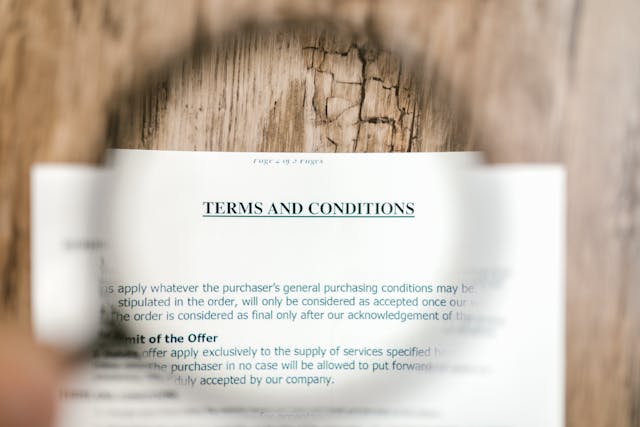What Should You Do If Your Materials Are Illegally Copied and Shared?
In today’s digital landscape, creators and businesses face the persistent challenge of having their materials copied or distributed without permission. Articles, videos, images, and software can quickly spread online, often beyond the control of the original owner. Such unauthorized sharing can lead to lost revenue, reputational damage, and diminished control over intellectual property. Knowing the right steps to take when faced with infringement is crucial for protecting your work and maintaining legal rights.
Recognizing Unauthorized Use
The first step in addressing content theft is to identify when and where your materials are being misused. This involves monitoring websites, social media platforms, and file-sharing networks for unauthorized copies. Tools and services designed to track digital content can provide alerts whenever your work appears in places it shouldn’t. By detecting infringement early, you gain a strategic advantage, allowing for a faster response before the content spreads widely.
Legal Measures and DMCA Takedown

Photo by Pavel Danilyuk on Pexels
Once unauthorized use is identified, it is important to take formal action. One of the most effective legal tools in the United States is the DMCA takedown process.
Using a professional dmca removal service can simplify this process, ensuring that notices comply with all legal requirements and reach the appropriate platforms.
These services act on behalf of the content owner, issuing formal requests to remove infringing material quickly and efficiently. Leveraging expert assistance reduces the risk of mistakes and increases the likelihood of successful removal.
Proactive Measures to Minimize Future Risks
Preventing content theft requires ongoing diligence and strategic planning. Implementing protective measures can reduce the likelihood of unauthorized copying and sharing. Consider the following best practices:
- Use digital watermarks or unique identifiers to track and claim ownership of your content.
- Regularly monitor the web for unauthorized copies of your materials.
- Educate your audience and collaborators about copyright compliance and proper content use.
- Leverage professional services that offer ongoing protection and rapid takedown capabilities.

Photo by RDNE Stock project on Pexels
In addition to technical safeguards, creating a clear legal framework for your content can act as a deterrent. Terms of service, licensing agreements, and visible copyright notices signal to potential infringers that your materials are actively protected.
Taking prompt action when your content is illegally copied ensures that you maintain control over your intellectual property. From early detection to legal enforcement and proactive measures, a structured approach can minimize the impact of infringement. Engaging with professional guidance and employing efficient strategies can help content creators and businesses safeguard their work in a fast-paced digital environment.

